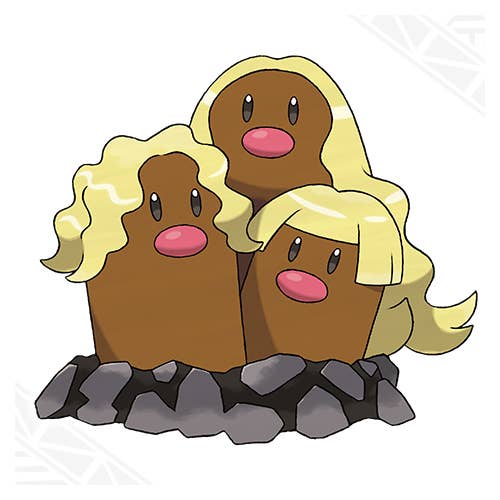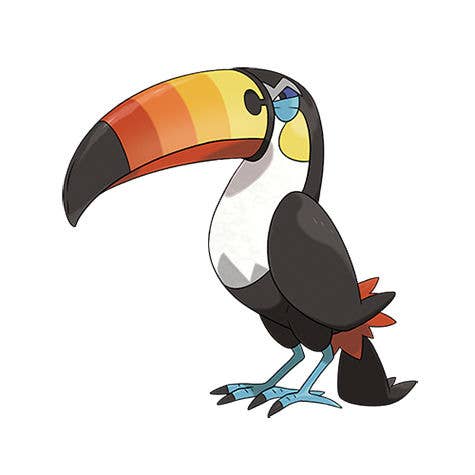Pokemon Bases Toucannon's Main Attack Around an Obscure Nature Fact, and Other Cool Pokemon Biology Trivia to Impress Your Friends
Follow your nose to flaming-hot death.
This article first appeared on USgamer, a partner publication of VG247. Some content, such as this article, has been migrated to VG247 for posterity after USgamer's closure - but it has not been edited or further vetted by the VG247 team.
Pokémon aren't real. Or are they? Nah. They're not. Still, I get a kick out of instances when Pokémon emulate the behavior and physiology of real-world animals and terrain.
2016's Pokémon Sun and Moon has a good time with its PokéDex thanks to some help from the unique island biosphere of Hawaii / the Alola region. For example, the glorious golden manes that crown Alolan Dugtrio are actually "Pele's hair:" Glassy strands of cooled lava named for Hawaii's volcano goddess. Pele's hair is carried on the wind and often snags on objects—say, the head of a Dugtrio who just happened to peek out of its hole at that exact moment.

I read about Alolan Dugtrio's ties to Pele's hair before Pokémon Sun and Moon came out, and I even wrote an article about the real-world history behind Alolan Rattata's nocturnal nature (as well as why its destiny is quite literally tangled with the invasive Yungoos). But it turns out Pokémon Sun and Moon isn't done teaching me cool things about the natural world.
I recently learned the Toco toucan, which is native to Hawaii, regulates its body temperature through its beak. Researchers captured footage with special thermal cameras to demonstrate how the toucan can heat up its massive schnozz by 10 degrees Celsius (18 degrees Fahrenheit) within a few minutes. From there, it can open blood vessels to release body heat or constrict them to stay warm. The captured video footage shows a toucan slowly cooling its beak as it sleeps across a two-hour span (the video is compressed to 45 seconds).
That sounds like a certain Alolan Pokémon, doesn't it? A tropical Pokémon with a beak that can flare up on command? A Pokémon whose hate-filled stare will kill you if its red-hot bill somehow misses your head?

"When it battles, its beak heats up," states Toucannon's Pokémon Sun PokéDex entry. "The temperature can easily exceed 212 degrees Fahrenheit, causing severe burns when it hits."
I love little tidbit of biological appropriation—and not just because Toucannon is one of my favorite Pokémon, ever (never mind your "PU" classification at Smogon, Toucannon, you'll always be precious to me). Even cooler is how researchers only learned the Toco toucan can heat up its beak like some weird tropical instrument of torture in 2009. Pele's hair has been part of Hawaiian culture and legend for centuries, and the mongoose's introduction to Hawaii was acknowledged as a bad idea back in the 17th century. By contrast, Game Freak latched onto this new, somewhat obscure piece of nature trivia and (correctly) determined "Hey, the Toco toucan's ability to regulate its body temperature through its beak would make for a bitchin' move in this new Hawaiian Pokémon game we're working on."
Keep learning, Game Freak, and keep teaching us. Maybe Gen VIII will find a way to implement the wombat's square poops.










